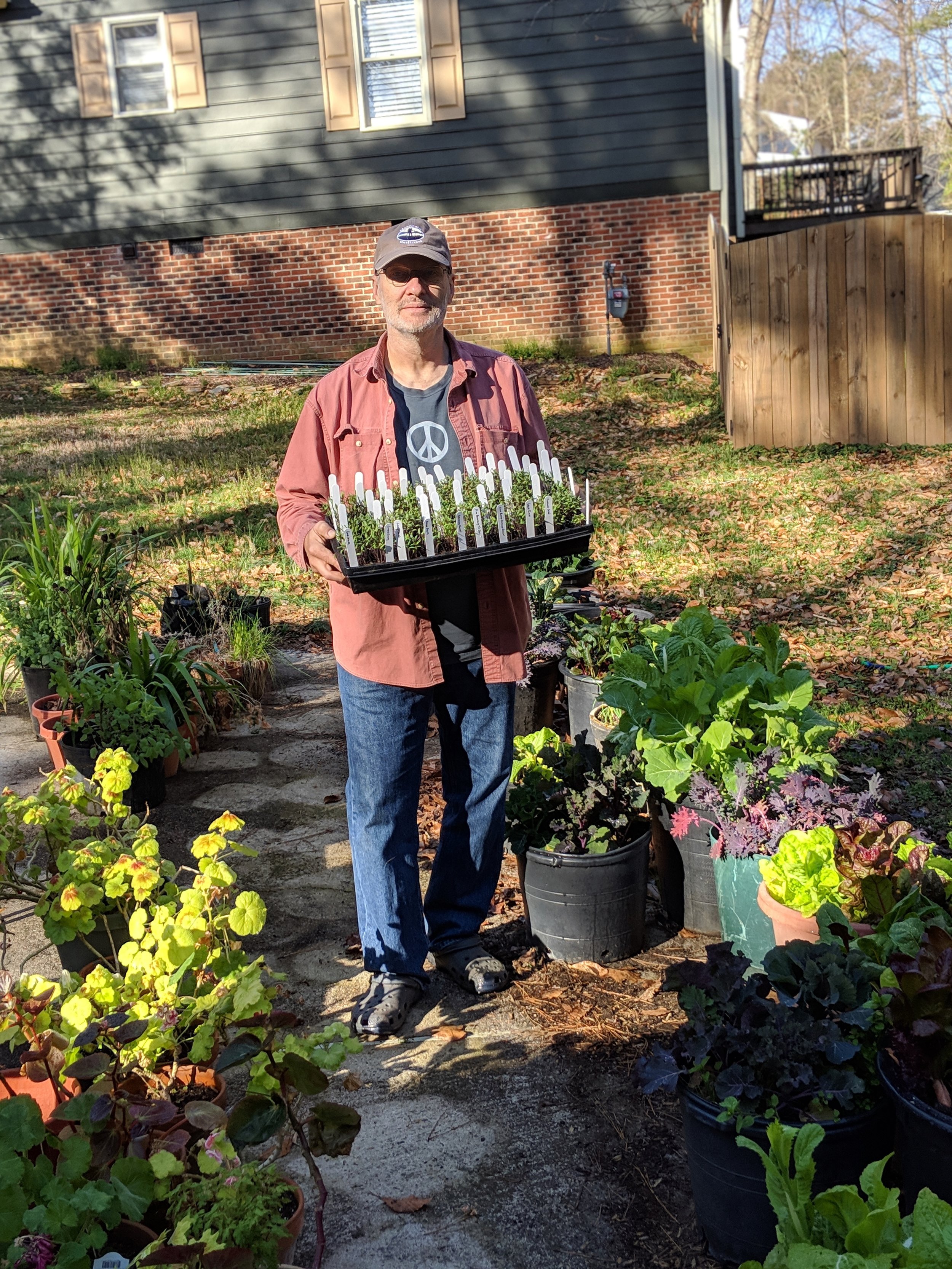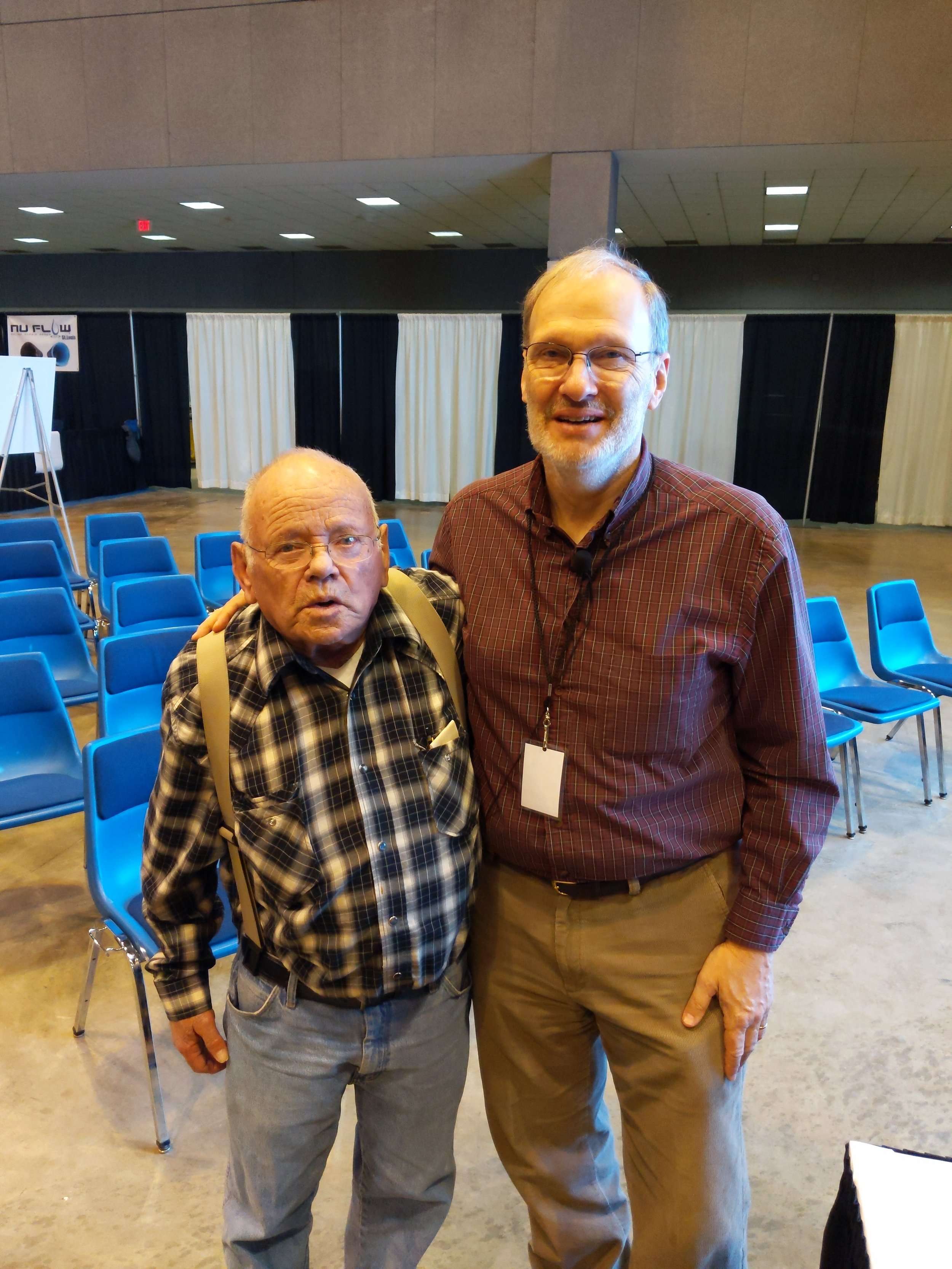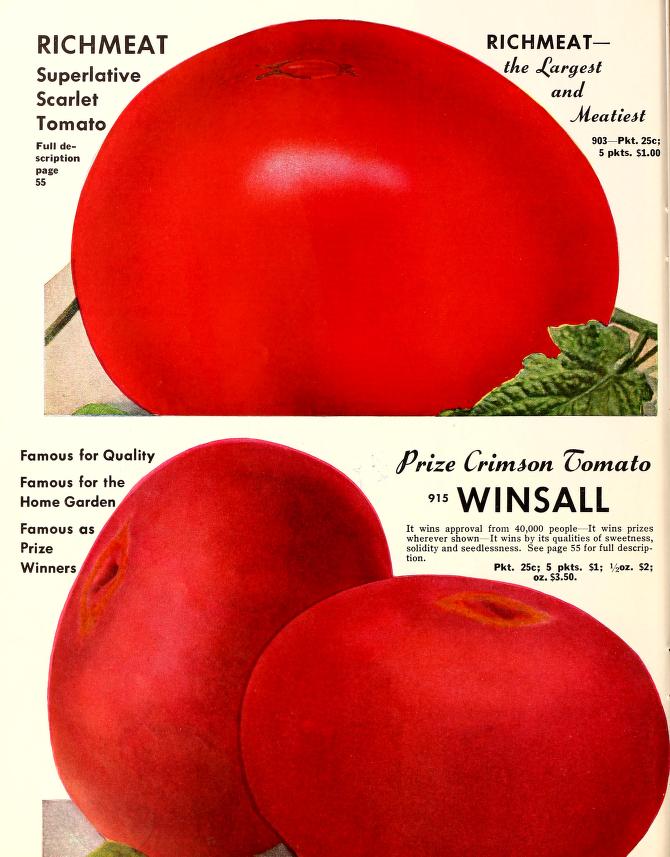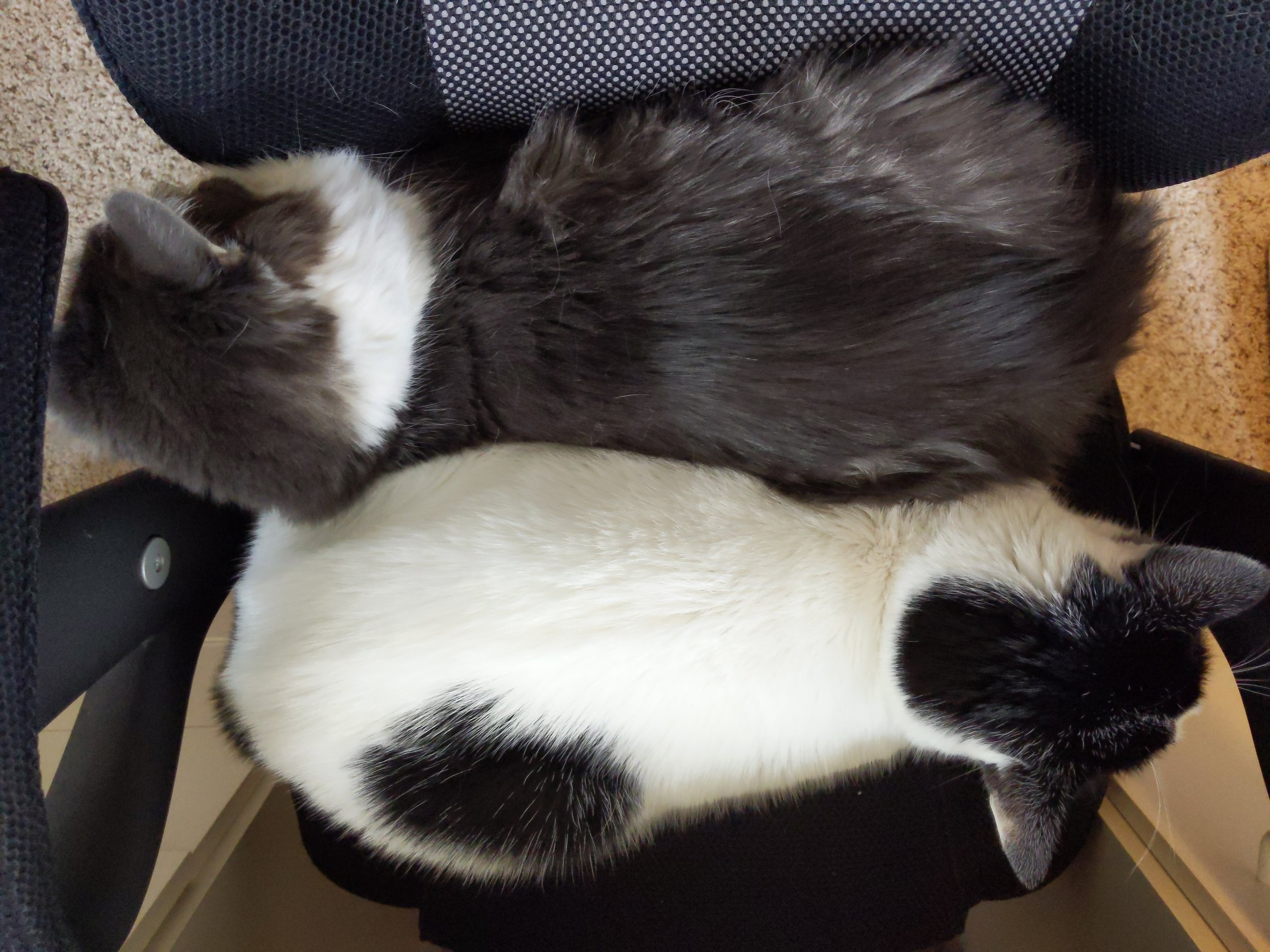Such a treat to be here to help with this annual event!
We’ve been away for a week but our time has been so packed and varied - yet, in spots, so relaxing - that it feels more like a month. It’s not over yet; we have one more important step to complete today, but if flight times hold, we will be reunited with Koda and Marlin, Sam and Pico, late tonight, and asleep in our own bed!
Sue and I were shown great hospitality and kindness by our hosts Nikki and Eliot at White Flower Farm during our visit there. I was invited to their annual Tomato celebration, and provided three tomato themed workshops to wonderful large audiences of fellow gardening enthusiasts. Since WFF was offering 150 different tomato varieties at their plant sale (all looking healthy and spectacular), including half dozen of our Dwarf Tomato Project types and many of my indeterminate favorites, I strove to act as a travel guide for those coming to shop. Litchfield is a delightful town, and Sue and I spent hours walking around the streets, seeing all of the lilacs, azaleas and fruit trees in bloom and marveling at the historical houses, many from the 1700s, beautifully restored.
Sharing info with fellow tomato enthusiasts
My favorite moments of such events are meeting gardeners with whom I have connections on social networking, email, seed sharing or past events. Chris, John, so many others - it was so nice to catch up, put faces and voices and personalities to screen names and posts.
The best, though - and perhaps one of those defining aspects of involvement in heirloom vegetables - was getting to meet Walt and Sue Swokla. Walt sent me his grandmother’s heirloom tomato, and the story of the variety - as well as seed for the variety itself - is available at the Victory Seeds website; Cancelo Family Heirloom, a delicious, large pink heart shaped tomato that is a joy to grow and eat. To add to the magic, it turns out that Walt’s Sue and my Sue are both nurses, and Sue Swokla grew up just a few streets from me, in Pawtucket Rhode Island. We therefore got to share much more than gardening lore - we got to go back down memory lane a bit, and now the four of us have the basis of a new friendship that will go forward for the rest of our lives.
A most amazing chance encounter - Sue and Walt Swokla and I, with so many connections we weren’t aware of prior to this meeting
Our Cape Cod trip is another matter, and was more about reconnecting with family and a few days of R and R, rather than gardening….so we will leave those details out for the moment.
What happens next in the world of tomatoes? While we were away, the weather was pretty brutal from what we heard and read, and I am so thrilled that our daughter Caitlin kept everything thriving via her constant care. Saturday will be a big day - all remaining seedlings will be divided in half with part going to Southwest Library in Durham, part going to Cameron Village library in Raleigh. Plantapalooza will have two locations, starting at 9 AM in Durham and 10:30 in Raleigh. Come and get a plant - mostly tomatoes, some peppers and eggplants - the main point being all remaining seedlings need to find homes. I will be attending the Raleigh event and have books with me to sign and sell if anyone is interested….of course, I will take questions too.
Sue, during our walk on a wonderful trail in Wellfleet, MA, Cape Cod
Once seedlings are out of the driveway, my immediate need is to ensure everything that is planted is well watered and fed….the planted grow bags will be relocated to the end of the driveway, then organized by plant growth next to staking support containers filled with spent potting mix. The final layout will be fixed, additional straw bales will be purchased, positioned and treated for planting with beans, cukes and squash. With no traveling events happening until August, it is time to roll up the sleeves….and GARDEN!









































